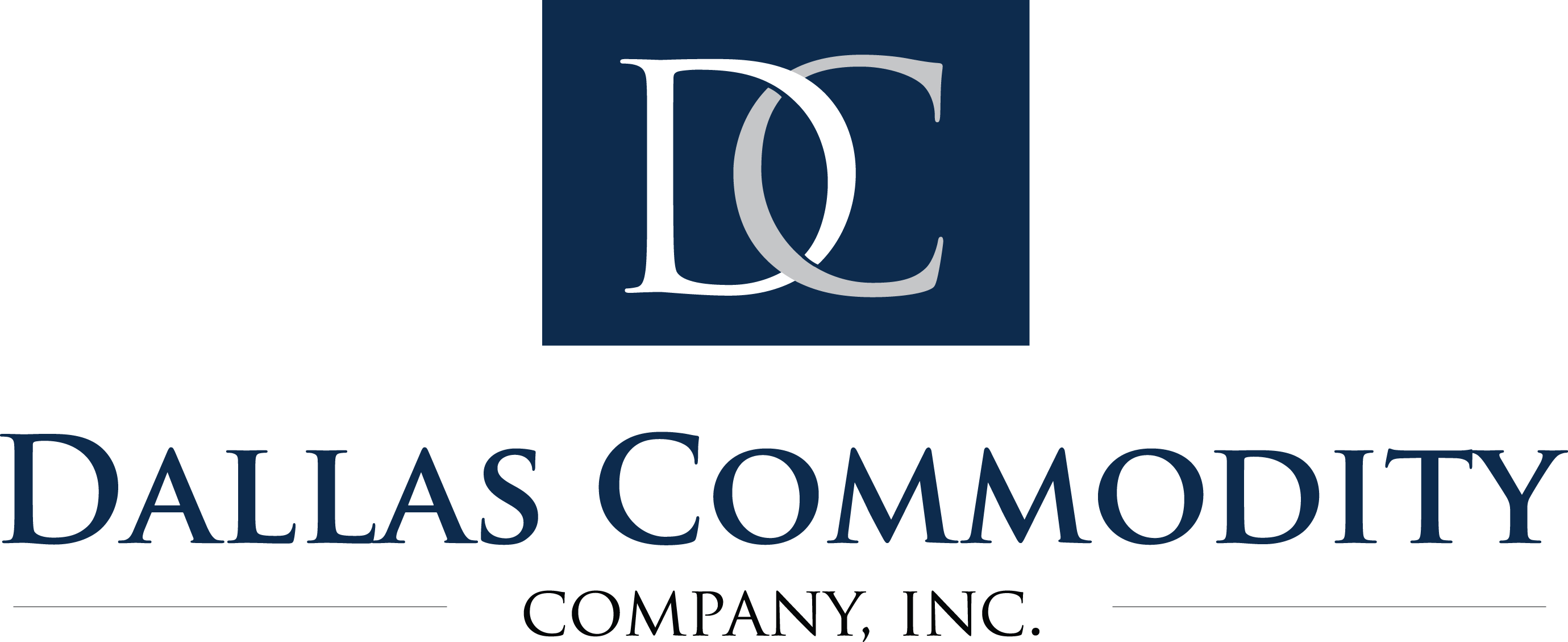Metals Market
Precious and Base Metal Futures
Metals are usually classified as either precious or base, depending on their rarity, worth or usage. Additionally, precious metals are rare and are often used in currencies or for industrial needs. The most common metals markets are gold, silver, platinum, palladium, aluminum, copper, lead, nickel, tin and zinc which can be traded on the New York Mercantile Exchange (NYMEX) and the London Metal Exchange (LME). The metals are traded on other exchanges as well and gold is especially popular.
Historically, metals have always been seen as an investment regardless of how technology changes and demand for these highly conductive products grow. Indicative of wealth and power through the ages, metals drive markets and define cultures.
The best known precious metals are gold and silver. While both have industrial uses, they are better known for their uses in art, jewelry and coinage. Other precious metals include the platinum group metals such as palladium and platinum, of which platinum is the most widely traded.
Metals that oxidize, tarnish or corrode relatively easily when exposed to air or moisture are commonly referred to as base metals and are widely used in commercial and industrial applications. They are more abundant in nature and therefore far cheaper than precious metals such as gold, silver and platinum. Base metals include aluminum, copper, lead, nickel, tin and zinc.
Over the years, multiple factors (including supply and demand) have dictated the value and use of the numerous metals. Generally the precious metals have commanded much higher prices than common base or industrial metals.
Highlighted Contracts
Gold – Generally considered the most coveted of all the metals, gold has a long history of affecting cultures throughout the world. Gold is unique for its durability, malleability and its ability to conduct heat and electricity. Interestingly, Gold often trades as a function of sentiment; its price frequently less affected by the laws of supply and demand than current storage and investment sentiments.
Silver – Unlike gold the price of silver can oscillate between its perceived role as a store-of-value and its very tangible role as an industrial metal. Consequently, price fluctuations can be more volatile than gold. Also valued for industrial uses such as photographic emulsions, electronic circuits, and batteries, silver remains one of the most traded metals on the market.
Copper – Pure copper is soft and malleable with a reddish-orange color. A base metal, copper is widely used to conduct heat and electricity and is an essential part of the world’s electrical and communications infrastructure. It is also used to produce brass and bronze and is a common component in building materials and a constituent of various metal alloys.. At our current state of technology, copper has consistent demand.
Resources
U.S. Geological Survey
World Gold Council
London Metal Exchange
Kitco
This material has been prepared by a sales or trading employee or agent of Dallas Commodity Company and is, or is in the nature of, a solicitation. This material is not a research report prepared by Dallas Commodity Company's Research Department. By accepting this communication, you agree that you are an experienced user of the futures markets, capable of making independent trading decisions, and agree that you are not, and will not, rely solely on this communication in making trading decisions.
The risk of loss in trading commodity futures contracts can be substantial. You should therefore carefully consider whether such trading is suitable for you in light of your financial condition. You may sustain a total loss of the initial margin funds and any additional funds that you deposit with your broker to establish or maintain a position in the commodity futures market.
